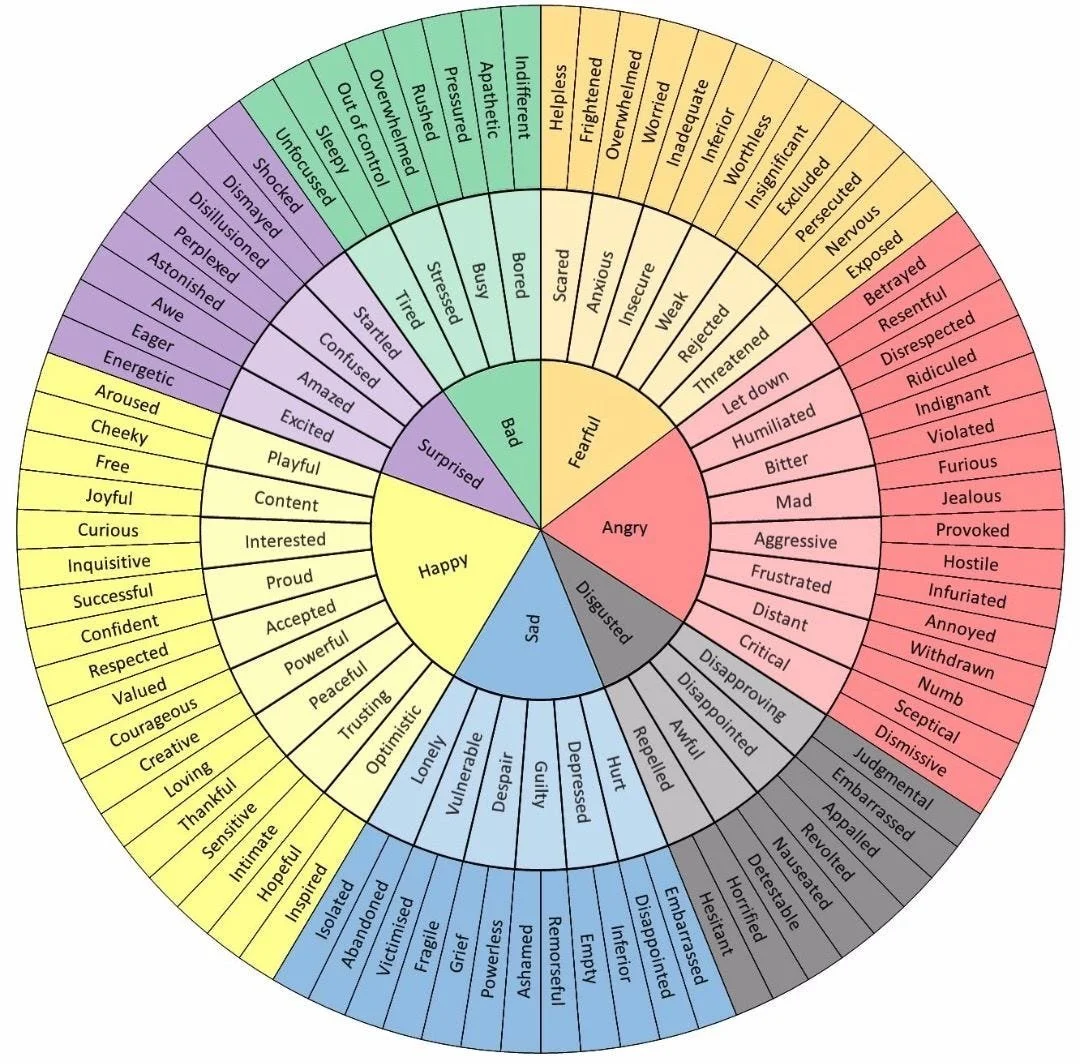Keep your emotions in check? How about: Check in with your emotions.
I’ve got a problem with the popular advice, “Don’t let your emotions get the best of you.”
It’s not that I disagree with it. My issue has more to do with the interpretation and the follow-through.
You see, “Don’t let your emotions get the best of you“ is a wonderful warning not to entrust your actions to the whims of a few powerful chemicals coursing through your body.
It’s the difference between keeping what you want to say to a disrespectful coworker to yourself and instead choosing to say what will actually bring about solutions to the problem at hand.
Unfortunately, this advice is often taken too far, and emotions are boxed into a corner where they become “the bad guy.”
In my book, Can I Ask A Question?, I wrote about how we are often told to keep our emotions in check during tense conversations and moments of conflict but how this advice often misses the mark.
Because you are human. Emotions are part of the experience.
I wrote:
“When you disagree with someone about something you value, you’re going to get emotional. The difference in whether or not emotions derail the conversation is how you acknowledge them and their influence over what you assume about the other person.
“When your emotions cause you to attack a person and not their argument, that’s harmful.
“When your emotions cause you to strip a human of their complexity and nuance and pare them down to an easily disregarded label, that’s dangerous.
“When your emotions cause you to create entire conversations in your head about what you think another person believes, that’s inaccurate.”
It is the acknowledgment of emotion that goes unnoticed in too many disagreements and conflicts, except when it is most unhelpful.
I.E., “You’re just mad because you know I’m right!”
This misrepresentation and misunderstanding of the role our emotions play in conflict leads to inaccurate conversations, where you attack the other person and their feelings, where you neglect to notice how your emotions cloud your own understanding, and where winning becomes more important than problem-solving.
One of the ways you can avoid inaccurate conversations is by giving greater language to the emotions you feel.
Just as you feel every bit of nuance and detail and complexity of the emotions you experience, you need more intricate and accurate ways to describe those emotions to others to give them a greater picture of exactly what you are feeling.
The emotions wheel illustrates what I mean. (Source)
At the center of the wheel are seven major, all-encompassing emotions. As you expand out from the center, each primary emotion is broken down into two degrees of sub-emotions that provide so much more vibrancy to the true emotion being felt.
So when you tell someone you’re feeling sad or surprised, while that might be true, there’s a world of difference between feeling isolated and feeling embarrassed, for example. Or between feeling shocked and feeling eager.
You could be mad at a coworker because their criticism of your work makes you feel dismissed, and that is worlds apart from being upset because a coworker took credit for work you did and you feel violated. But both, at a high level, make you feel mad. The deeper emotions bring the real issue or concern to the surface.
Raising your voice, gesturing with your hands, shaking, laughing nervously, these are all just physical responses to the emotions you’re feeling; and yet, these are often the things we try to keep “in check.”
I say to heck with that. The real checkpoint is asking yourself, “What am I actually feeling?”
When you acknowledge your emotions and then speak with greater clarity to help someone better understand what you’re feeling, it bridges gaps in understanding, which leads to solving root problems rather than trying to assuage or tamp down surface-level emotions.
Interested in improving your communication skills to more confidently deliver your message? Learn more about what it’s like to work with me as your communication coach.


